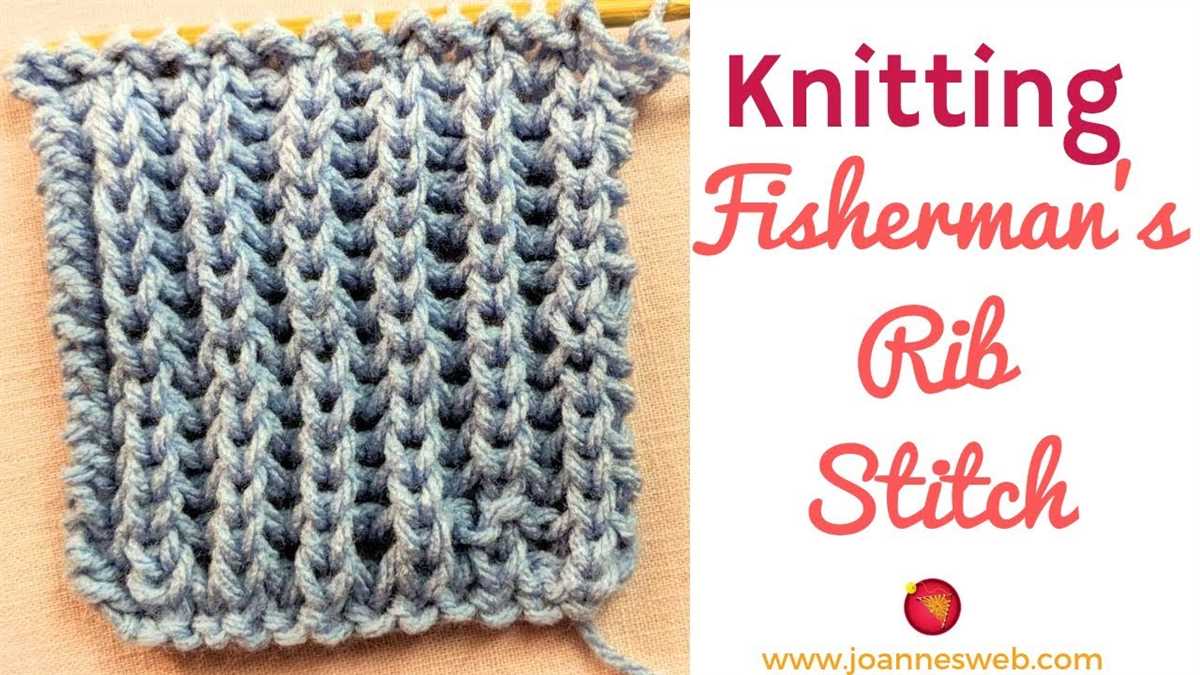
Fisherman’s knitting pattern is a traditional stitch pattern that is characterized by its intricate and textured design. It is highly popular in the knitting community and is often used to create warm and cozy garments such as sweaters, scarves, and blankets. This pattern originated from the fishing communities of the British Isles and has since become a classic and timeless design.
The fisherman’s knitting pattern is known for its unique combination of cables, twists, and bobbles, which mimic the ropes and nets used by fishermen. This intricate pattern adds depth and interest to any knitted piece, making it a favorite among both experienced and novice knitters. The textured design not only provides extra warmth but also gives a stylish and sophisticated look to the finished garment.
To create the fisherman’s knitting pattern, knitters need to have a good understanding of cable knitting techniques. Cables are created by crossing stitches over one another, creating a raised and twisted effect. By following a specific chart or pattern, knitters can create intricate and complex cable designs that replicate the look and feel of traditional fishing nets.
Whether you are a beginner or an expert knitter, the fisherman’s knitting pattern is a versatile and timeless design that can be incorporated into a wide range of projects. From cozy sweaters to chunky scarves, this pattern is sure to add a touch of elegance and warmth to your knitted creations.
Fisherman’s Knitting Pattern: A Guide to Classic Knitting Techniques
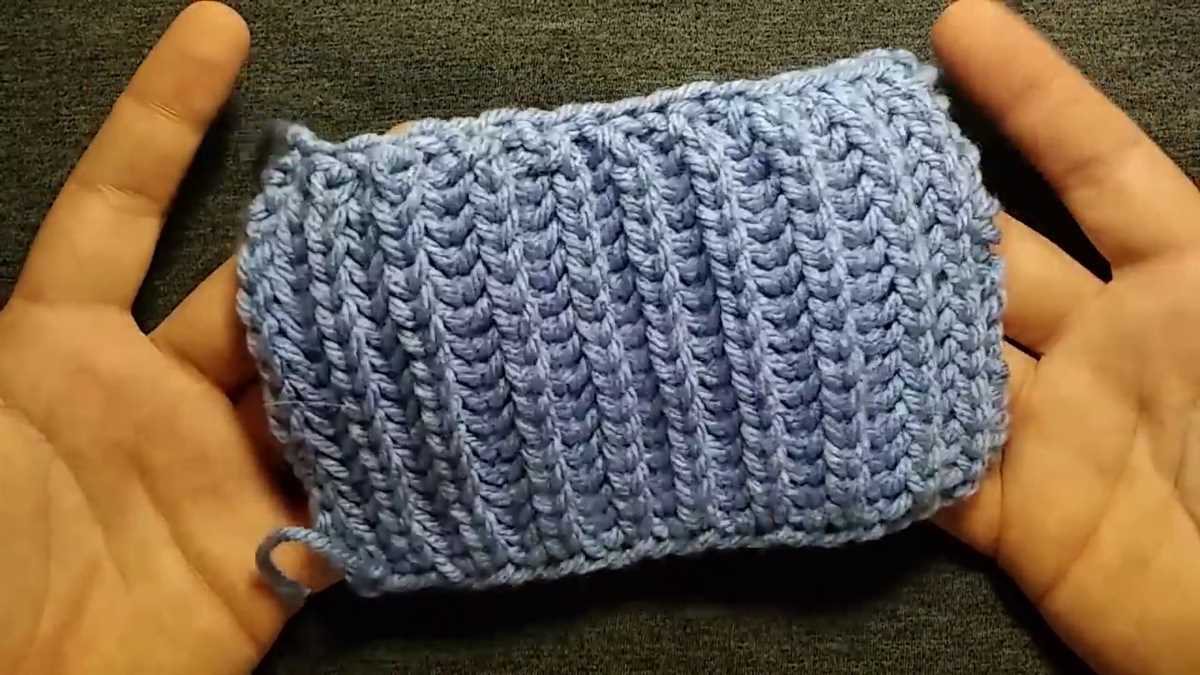
The Fisherman’s knitting pattern is a classic technique that has been used for centuries to create warm, durable garments. It originated from the coastal regions of Ireland and the British Isles, where fishermen needed to stay warm in the harsh sea conditions. This pattern is characterized by its intricate cable designs, which mimic the ropes and nets used in fishing.
The key to mastering the Fisherman’s knitting pattern is understanding the different types of cables and how to create them. There are several types of cables, including twisted cables, braided cables, and honeycomb cables. Each cable design creates a unique texture and adds depth to the knitted fabric. To create cables, stitches are crossed over each other, creating a twist in the pattern.
Types of Cables:
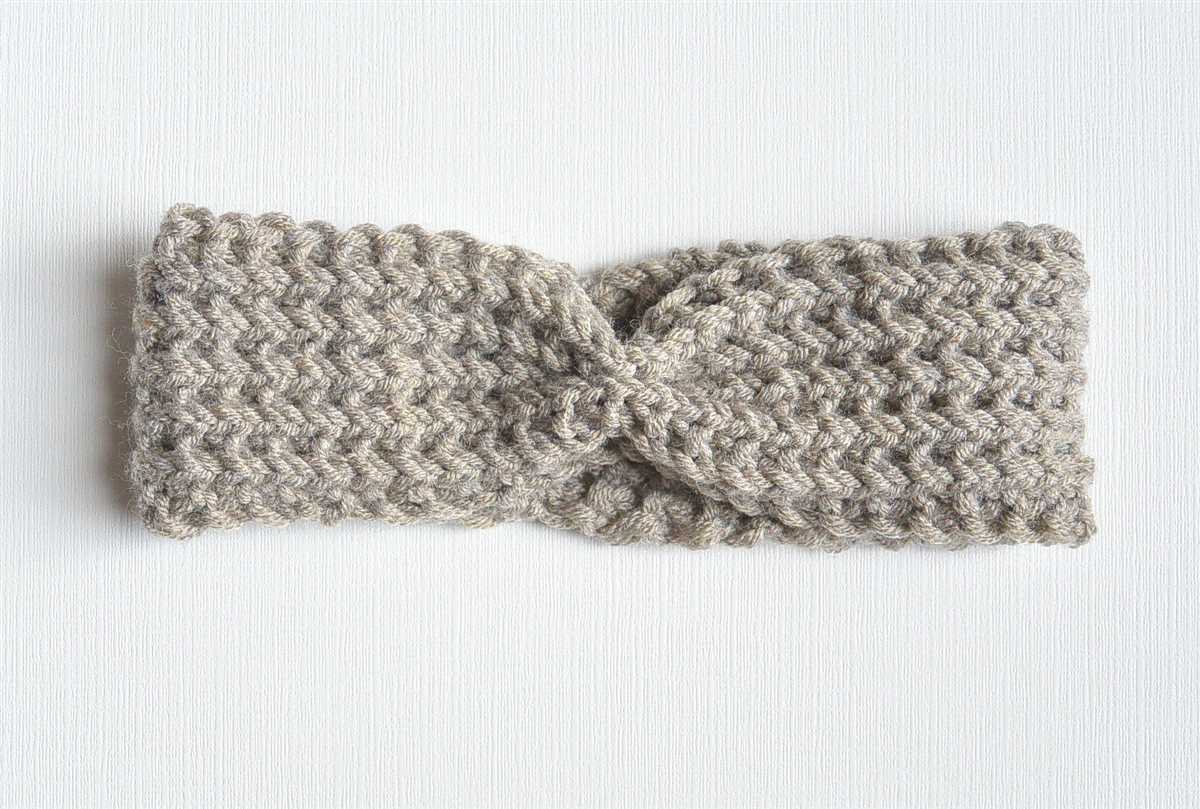
- Twisted Cables: Twisted cables are created by crossing stitches over each other in a specific sequence. This creates a simple, yet elegant cable design.
- Braided Cables: Braided cables involve crossing stitches in a more intricate pattern, creating a woven effect. This adds a level of complexity and visual interest to the knitted fabric.
- Honeycomb Cables: Honeycomb cables are a combination of twisted and braided cables, creating a dense, textured pattern reminiscent of a honeycomb. This pattern is often used for blankets and sweaters.
In addition to cables, the Fisherman’s knitting pattern often incorporates other traditional techniques, such as seed stitch, ribbing, and moss stitch. These techniques add further texture and dimension to the knitted garment.
Whether you’re a beginner or an experienced knitter, mastering the Fisherman’s knitting pattern can be a rewarding experience. Not only will you be able to create beautiful, timeless pieces, but you’ll also be preserving a traditional knitting technique that has been passed down through generations.
Understanding the Fisherman’s Knitting Pattern
The Fisherman’s knitting pattern, also known as the Aran pattern, is a traditional style of knitting that originated in the Aran Islands off the west coast of Ireland. It is characterized by its intricate and textured design, often incorporating cables, twists, and other raised motifs. This style of knitting has become popular worldwide and is sought after for its timeless and classic appeal.
One of the defining features of the Fisherman’s knitting pattern is the use of cables. Cables are created by twisting stitches over each other to create a three-dimensional effect. This technique creates a beautiful texture and adds depth to the knitted fabric. The cables can be simple or complex, with some patterns featuring intricate twists and braids. Knitters who are new to the Fisherman’s pattern may find the cable techniques challenging at first, but with practice, they can create stunning pieces.
Another characteristic of the Fisherman’s knitting pattern is the use of traditional motifs. These motifs often have symbolic meanings and reflect the culture and history of the Aran Islands. Some common motifs include the diamond, representing the fields of the island; the zigzag, symbolizing the twisting pathways of life; and the cable, representing the fishermen’s ropes. These motifs are often combined in different ways to create unique and meaningful designs.
Tips for knitting the Fisherman’s pattern:
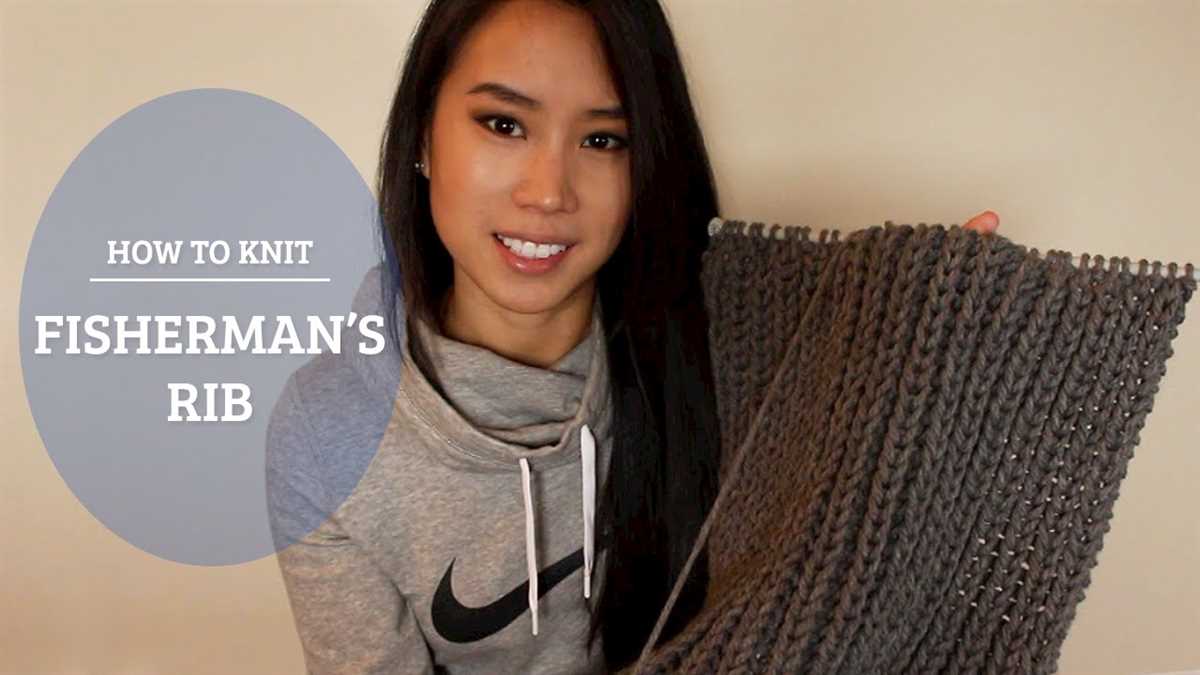
- Start with a small project, such as a hat or a scarf, to familiarize yourself with the cable techniques.
- Use stitch markers to help keep track of your cable patterns and prevent errors.
- Practice your tension control to ensure an even and professional-looking finish.
- Read and understand the pattern instructions before starting to avoid confusion or mistakes.
- Experiment with different yarn types and colors to customize your Fisherman’s knitted pieces.
The Fisherman’s knitting pattern offers endless possibilities for creating stunning and unique garments and accessories. Whether you’re an experienced knitter or just starting out, exploring this traditional style can be both challenging and rewarding. So grab your needles and yarn, and get ready to dive into the world of the Fisherman’s knitting pattern!
History and Origins of the Fisherman’s Knitting Pattern
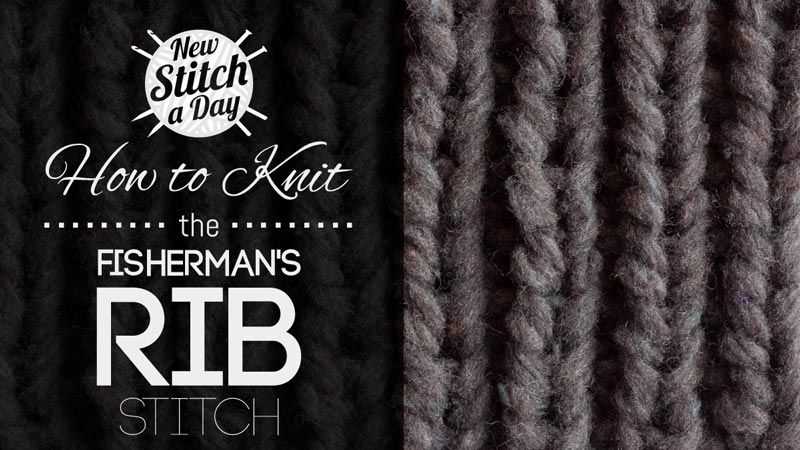
The Fisherman’s knitting pattern, also known as the Aran pattern, is a traditional style of knitting that has its roots in the coastal regions of Ireland and Scotland. It is believed to have originated in the late 19th century and was initially used by fishermen to create warm and durable garments for their demanding work at sea.
The pattern is characterized by intricate cables, twists, and textured stitches that create a visually striking and highly functional fabric. Each stitch has a specific meaning and is often passed down through generations, making the patterns a unique expression of family history and cultural heritage.
The Fisherman’s knitting pattern became popularized in the early 20th century when it caught the attention of the fashion industry. Designers and manufacturers recognized the beauty and craftsmanship of the Aran pattern and began incorporating it into their collections. The popularity of the pattern spread rapidly, not only in Ireland and Scotland but also internationally.
The Fisherman’s knitting pattern is known for its versatility and adaptability. Originally used for sweaters and accessories, it has since been incorporated into various other items such as blankets, scarves, and even home decor. The pattern’s enduring popularity can be attributed to its timeless appeal and the sense of tradition and history it evokes.
Key Features of the Fisherman’s Knitting Pattern
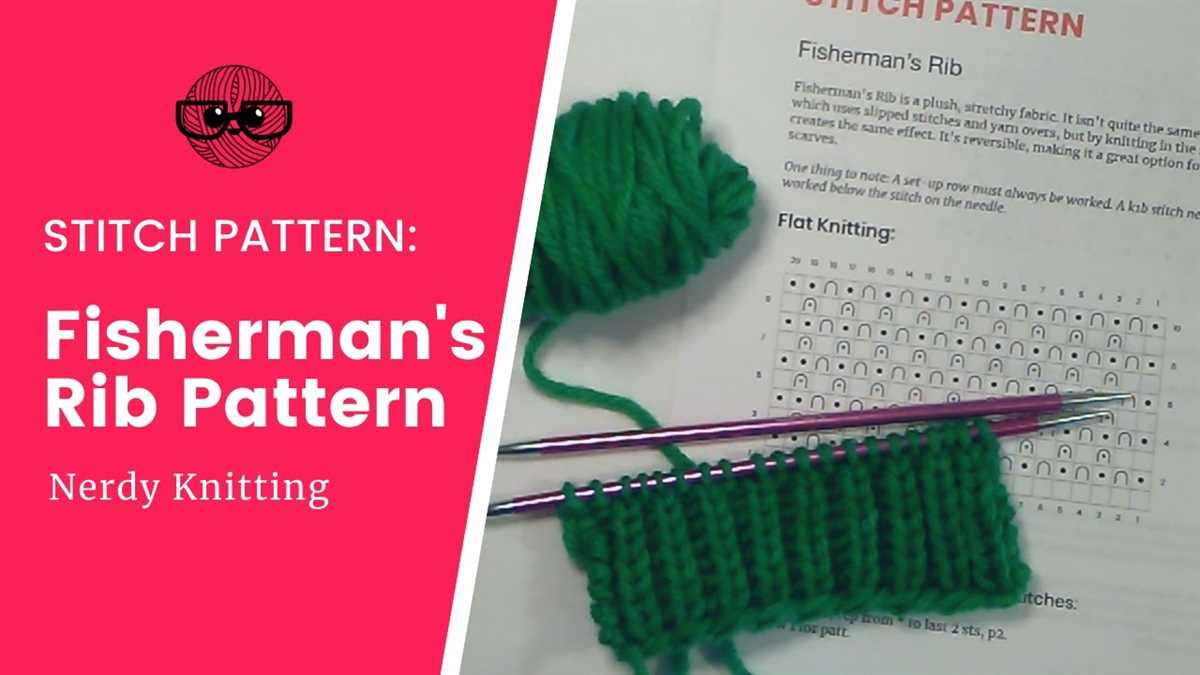
- Intricate cables and twists
- Textured stitches
- Symbolic meanings
- Adaptability to different items
- Timeless appeal
- Cultural significance
Choosing the Right Yarn for Fisherman’s Knitting
Fisherman’s knitting, also known as Aran knitting, is a traditional style of knitting that creates intricate and textured patterns, often used to make warm and cozy sweaters, blankets, and accessories. When choosing the right yarn for Fisherman’s knitting, it’s important to consider the qualities that will enhance the overall look and feel of the finished project.
Weight: The weight or thickness of the yarn is an important factor to consider. Fisherman’s knitting typically uses medium to heavy weight yarns, such as worsted or bulky, to create the chunky and textured patterns. These weights help to achieve the signature look and provide warmth and insulation.
Fiber: The choice of fiber for Fisherman’s knitting depends on personal preference and the intended use of the finished project. Wool is a popular choice due to its warmth, durability, and ability to hold its shape and definition. Other natural fibers such as alpaca, cotton, and linen can also be used, each providing their own unique characteristics to the finished piece.
Texture: Fisherman’s knitting is all about texture, so choosing a yarn that will enhance the pattern is essential. Look for yarns that have a good stitch definition, meaning the stitches will stand out and create a clear pattern. Yarns with a tighter twist or plies will help to achieve this. Additionally, choosing a yarn with a slight halo or fuzziness can add to the overall texture and coziness of the finished piece.
Color: While traditional Fisherman’s knitting is often done in natural or neutral colors, there are no hard and fast rules when it comes to color choice. Consider the intended wearer or the decor of the space where the finished piece will be used. Bold and vibrant colors can make a statement, while subtle or tonal colors can enhance the texture and intricacy of the pattern.
Care Instructions: Finally, consider the care instructions for the yarn. If the finished piece will require frequent washing, choose a yarn that can withstand the necessary care. Some yarns require hand washing, while others can be machine washed. It’s also important to consider whether the yarn is prone to pilling or shedding, as this can affect the longevity and appearance of the finished project.
By carefully considering the weight, fiber, texture, color, and care instructions, you can choose the perfect yarn for your Fisherman’s knitting project. Whether you’re creating a cozy sweater for yourself or a beautiful blanket as a gift, the right yarn will help bring your pattern to life and create a piece that will be cherished for years to come.
Essential Tools and Supplies for Fisherman’s Knitting
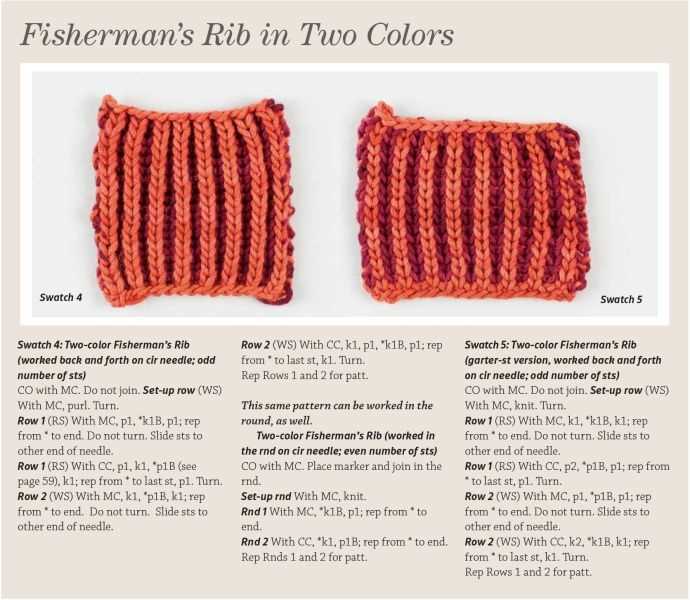
When it comes to fisherman’s knitting, having the right tools and supplies is essential to create beautiful and intricate designs. Whether you are a beginner or an experienced knitter, there are several items that you should have in your arsenal.
#1 Knitting Needles: The first thing you will need is a set of knitting needles. Fisherman’s knitting typically requires larger needles to accommodate the thick and textured yarn. Choose needles that are comfortable to hold and easy to work with.
#2 Thick Yarn: The next important supply is a high-quality, thick yarn. Fisherman’s knitting often uses natural fibers like wool or cotton, which not only provide warmth but also give the finished piece a rustic and timeless look. Look for yarns that are durable and can withstand the wear and tear of outdoor use.
#3 Cable Needles: Fisherman’s knitting is known for its intricate cable designs. Cable needles are essential for creating these beautiful patterns. They are short, double-pointed needles that hold the stitches temporarily while you cross them over each other. Look for cable needles that match the size of your knitting needles for a seamless knitting experience.
#4 Stitch Markers: Stitch markers are invaluable tools when working on fisherman’s knitting projects. They help you keep track of your stitches and ensure that you don’t lose your place in the pattern. Choose markers that are easy to slip onto the needles and won’t get in the way of your knitting.
#5 Patterns and Guides: To create the intricate fisherman’s knitting designs, you will need patterns and guides that provide instructions and inspiration. Look for books, magazines, or online resources that specialize in fisherman’s knitting patterns. These resources will help you understand the techniques and stitches required to create beautiful cable designs.
By having these essential tools and supplies on hand, you will be well-equipped to explore the world of fisherman’s knitting. Whether you are knitting cozy sweaters, warm scarves, or decorative blankets, these items will help you create stunning pieces that showcase the intricate and timeless beauty of this traditional craft.
Basic Stitches and Techniques in Fisherman’s Knitting

Fisherman’s knitting, also known as Aran knitting, is a traditional style of knitting that originated in the Aran Islands. It is characterized by its intricate cable patterns and textured stitches. In this article, we will explore some of the basic stitches and techniques used in Fisherman’s knitting.
Cables: One of the defining features of Fisherman’s knitting is the use of cable stitches. Cables are created by crossing stitches over each other, which creates a twisted effect. To create a cable, you will need a cable needle or double-pointed needle. Start by slipping the desired number of stitches onto the cable needle and hold it at the front or back of the work, depending on the pattern. Knit the next few stitches from the left-hand needle, then knit the stitches from the cable needle. This will create a twisted stitch and form the cable pattern.
Bobbles: Bobbles are another common element in Fisherman’s knitting. They are small, raised circular shapes that add texture and visual interest to the fabric. To create a bobble, you will need to increase the number of stitches in one stitch, then decrease them back down to the original number. This creates a rounded shape. The specific instructions for creating a bobble will vary depending on the pattern, but it typically involves knitting, purling, and working multiple stitches into one stitch.
Seed Stitch: The seed stitch is a simple, but versatile, stitch pattern that is often used in Fisherman’s knitting to create texture. It is created by alternating knit and purl stitches within a row, and then alternating the opposite stitches on the next row. This creates a bumpy, textured fabric that is reversible and adds visual interest to the overall design.
Garter Stitch: The garter stitch is another basic stitch pattern commonly used in Fisherman’s knitting. It is created by knitting every stitch in every row, resulting in a fabric that is made up entirely of knit stitches. The garter stitch is simple to knit and produces a flat, stretchy fabric that is often used for scarves, blankets, and other cozy accessories.
Finishing Techniques: In Fisherman’s knitting, attention to detail is important, especially when it comes to finishing techniques. Blocking, which involves wetting the finished piece and shaping it to the correct dimensions, is often used to smooth out any unevenness in the stitches and give the fabric a polished look. Sewing in loose ends and adding any desired embellishments, such as buttons or toggles, are also important steps in completing a fisherman’s knitting project.
In conclusion, Fisherman’s knitting is a traditional style of knitting that incorporates intricate cable patterns, bobbles, and textured stitches. The use of these stitches and techniques, such as cables, bobbles, seed stitch, and garter stitch, allows knitters to create beautiful and timeless designs. Attention to detail in finishing techniques, such as blocking and sewing in loose ends, is also essential to achieve a professional-looking finished piece.
Advanced Stitches and Patterns in Fisherman’s Knitting
Fisherman’s knitting, also known as Aran knitting, is a traditional technique that originated in the fishing communities of the Aran Islands in Ireland. It is characterized by its intricate cable patterns, which are created by crossing stitches over each other to form various textures and designs. While basic Fisherman’s knitting patterns are relatively simple, there are advanced stitches and patterns that can be used to create more intricate and detailed designs.
One advanced stitch commonly used in Fisherman’s knitting is the honeycomb stitch. This stitch creates a dense, textured fabric that resembles a honeycomb pattern. It is created by alternating cables that cross over to the left and cables that cross over to the right, resulting in a beautiful and complex design.
Another advanced stitch is the diamond lattice stitch. This stitch creates a diamond-shaped pattern that is created by crossing stitches over each other in a specific sequence. The diamond lattice stitch is often combined with other cable patterns to create unique and visually stunning designs.
In addition to advanced stitches, there are also advanced patterns that can be used in Fisherman’s knitting. One popular pattern is the tree of life pattern, which features a central cable motif that represents the trunk and branches of a tree. This pattern often incorporates other cable motifs, such as leaves and flowers, to create a beautiful and symbolic design.
Overall, advanced stitches and patterns in Fisherman’s knitting allow knitters to create intricate and visually appealing designs. These techniques require a solid understanding of basic Fisherman’s knitting stitches and patterns, as well as the ability to read and interpret complex knitting charts. With practice and patience, knitters can create stunning garments and accessories using these advanced techniques.
Tips and Tricks for Perfecting the Fisherman’s Knitting Pattern
Knitting the Fisherman’s pattern can create beautiful and intricate designs, but it can also be challenging, especially for beginners. However, with some tips and tricks, you can master this pattern and create stunning pieces of knitwear. Here are a few suggestions to help you perfect your Fisherman’s knitting pattern.
Familiarize Yourself with the Pattern
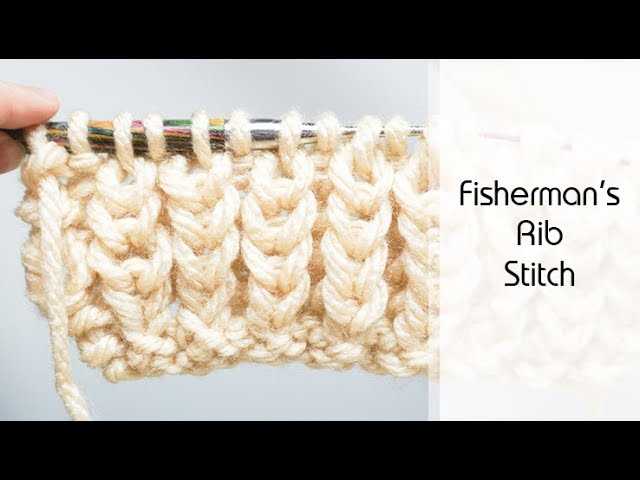
Before you start knitting the Fisherman’s pattern, take some time to thoroughly understand the pattern instructions. Read through the entire pattern and make sure you have a clear understanding of the stitch combinations and techniques involved. This will help you avoid mistakes and ensure that you are following the pattern correctly.
Use Stitch Markers
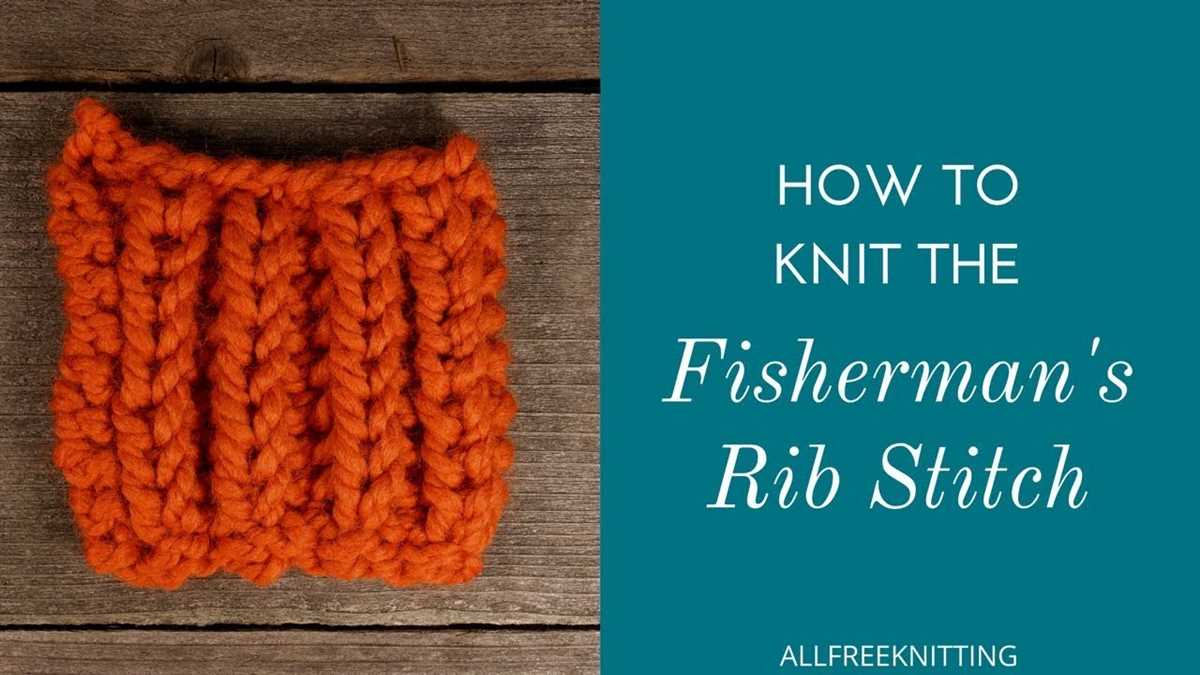
Stitch markers are essential when knitting the Fisherman’s pattern. They can help you keep track of stitch counts and identify pattern repeats, especially when working with complex cable patterns. Place stitch markers at the beginning and end of each repeat, and any other points specified in the pattern. This will make it easier to maintain the correct stitch count and ensure that your pattern looks consistent throughout.
Practice Tension Control
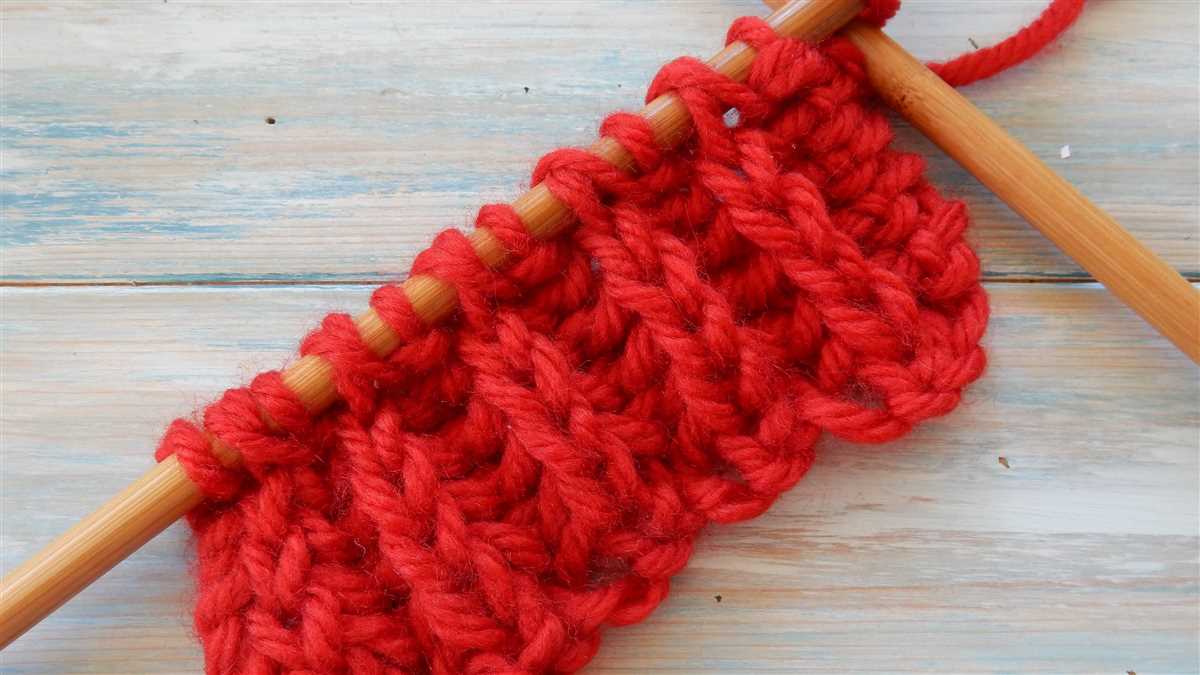
Knitting the Fisherman’s pattern often requires tight tension to create the desired texture and definition. Practice controlling your tension to ensure that your stitches are even and not too loose. Experiment with different needle sizes and yarn weights to find the right combination that produces the desired effect. Remember to relax and not hold your yarn or needles too tightly, as it can affect the tension of your stitches.
Take Your Time and Be Patient

The Fisherman’s knitting pattern can be time-consuming and intricate, so it’s important to take your time and be patient with your work. Pay attention to every stitch and follow the pattern instructions carefully. It’s better to go slower and ensure accuracy than rush through and end up with mistakes. Remember that knitting is a process, and the more you practice, the better you will become at mastering this challenging pattern.
By familiarizing yourself with the pattern, using stitch markers for clarity, practicing tension control, and being patient, you can perfect the Fisherman’s knitting pattern and create stunning pieces that showcase your knitting skills. Enjoy the process and embrace the challenge, and soon you’ll be able to proudly display your beautifully knitted creations.
Popular Fisherman’s Knitting Patterns for Sweaters
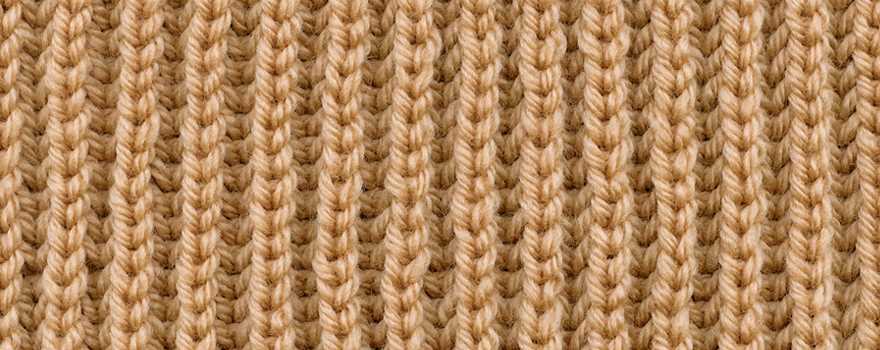
Fisherman’s knitting patterns for sweaters have become increasingly popular over the years due to their timeless and classic designs. These patterns are known for their intricate cables and textured stitches, which create beautiful and cozy sweaters that are perfect for colder weather.
One popular fisherman’s knitting pattern for sweaters is the Aran sweater. Originating from the Aran Islands in Ireland, these sweaters are characterized by their intricate cable patterns, which symbolize the ropes and fishing nets used by fishermen. Aran sweaters are typically knit with natural-colored yarns, such as cream or gray, and are loved for their traditional and rustic look.
Another popular fisherman’s knitting pattern for sweaters is the Guernsey sweater. Also known as a Gansey or Fisherman’s sweater, this pattern originated from the Channel Islands and was traditionally worn by fishermen in the region. The Guernsey sweater features intricate stitch patterns, including texture stitches and cables, which provide extra insulation and durability. It is commonly knit in navy or other dark colors and is known for its close-fitting design.
In addition to the Aran and Guernsey sweaters, there are many other fisherman’s knitting patterns available for sweaters. These include the Norwegian sweater, which features traditional colorwork designs inspired by Norwegian folklore, and the Icelandic sweater, which is known for its intricate yoke patterns and warm wool construction. These patterns offer a wide range of options for knitters looking to create their own cozy and stylish fisherman-inspired sweaters.
- Overall, fisherman’s knitting patterns for sweaters are popular due to their timeless designs and intricate stitch patterns.
- Aran sweaters are known for their cable patterns, while Guernsey sweaters feature texture stitches and cables for extra insulation.
- Other fisherman’s knitting patterns include the Norwegian sweater with traditional colorwork and the Icelandic sweater with intricate yoke patterns.
- Knitters can choose from a variety of fisherman’s knitting patterns to create their own cozy and stylish sweaters.
Fisherman’s Knitting Accessories: Hats, Scarves, and More
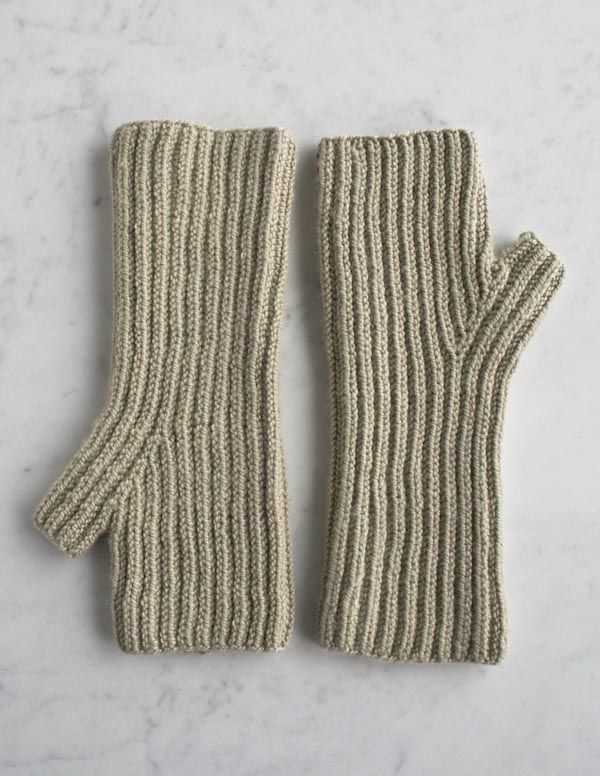
The art of fisherman’s knitting is not only a beautiful craft, but it also produces practical and essential accessories for those braving the elements at sea. Knitted accessories such as hats, scarves, and more, not only provide warmth and protection against the cold, but they also showcase the intricate textures and patterns that are characteristic of this traditional knitting style.
One of the most iconic fisherman’s knitting accessories is the classic fisherman’s hat. This hat is known for its thick, cable-knit texture, which not only adds warmth but also allows for easy stretching and fitting to different head sizes. The fisherman’s hat often features a fold-over brim, adding an extra layer of insulation for the ears and forehead. These hats are not only functional but also stylish, with their rustic charm and timeless design.
Fisherman’s Scarves
In addition to hats, fisherman’s knitting produces cozy scarves that are perfect for keeping the neck and chest warm in harsh weather conditions. The cable-knit patterns in fisherman’s scarves not only add visual interest but also create extra thickness, providing ultimate protection against the cold wind. These scarves are often generously sized, allowing for versatile styling and the ability to wrap them around multiple times for added warmth and insulation.
Fisherman’s Mittens and Gloves
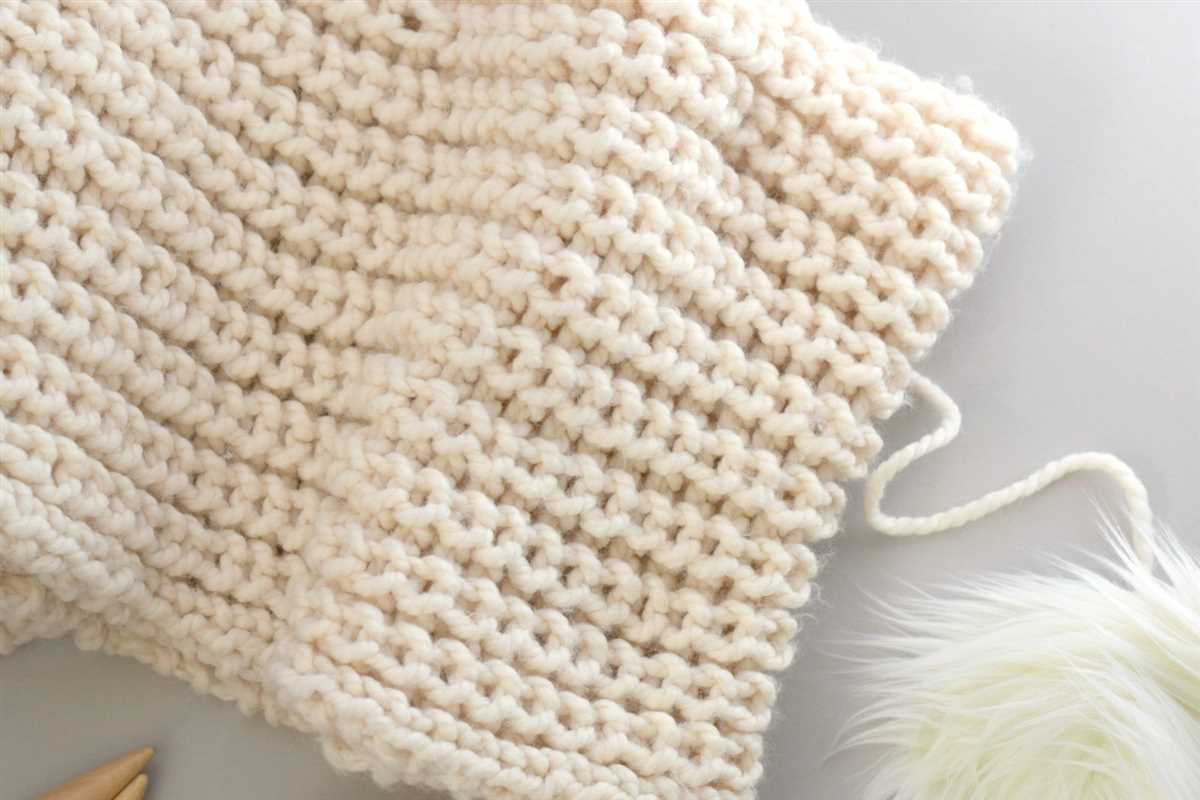
Another essential accessory crafted using fisherman’s knitting techniques is mittens and gloves. These hand warmers feature intricate cable-knit patterns that not only add style but also provide extra insulation. Fisherman’s mittens are known for their thumbless design, allowing for increased dexterity and grip, while fisherman’s gloves typically have individual finger compartments for enhanced functionality. Both options are well-suited for activities such as fishing, sailing, or any outdoor pursuit where hand protection and mobility are crucial.
Other Accessories
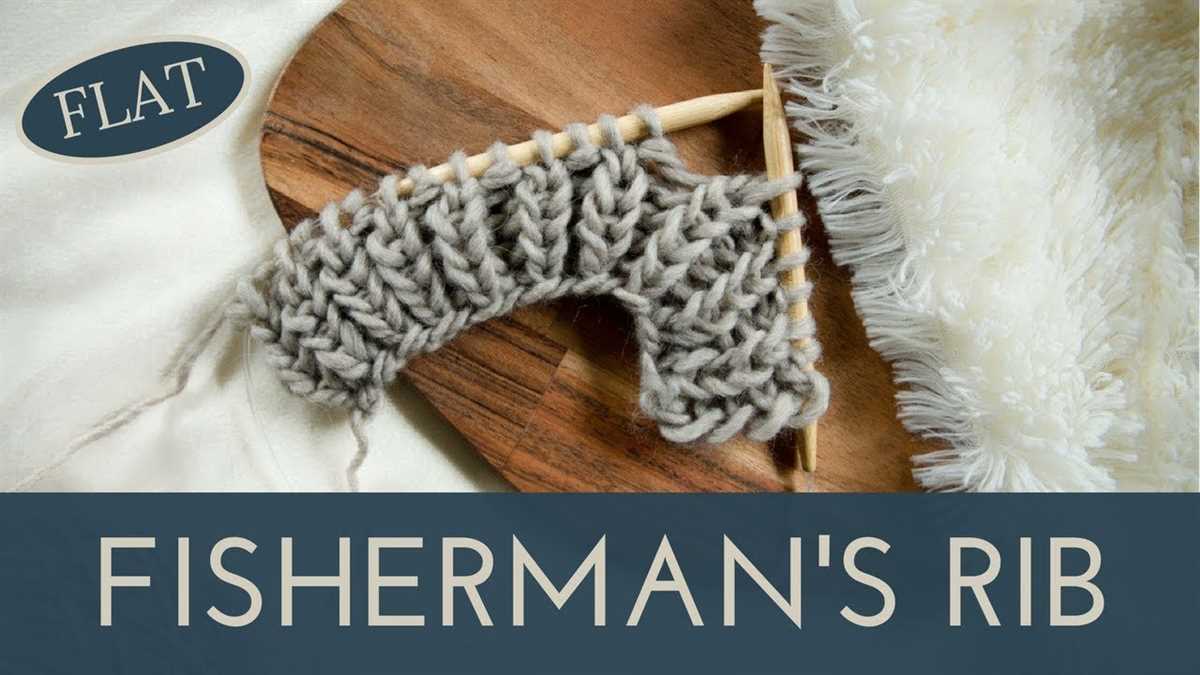
Aside from hats, scarves, and gloves, fisherman’s knitting can also be used to create a variety of other accessories. Items such as headbands, ear warmers, and even socks can be knitted using the traditional fisherman’s techniques, showcasing the versatility of this craft. These accessories maintain the same level of warmth and comfort while adding a touch of style and uniqueness to any cold-weather outfit.
- The art of fisherman’s knitting produces a range of essential accessories.
- Fisherman’s hats are iconic, featuring thick cable-knit textures and fold-over brims.
- Fisherman’s scarves offer warmth and protection with their cable-knit patterns.
- Fisherman’s mittens and gloves provide style and functionality for outdoor activities.
- Other accessories, such as headbands and socks, can also be crafted using fisherman’s knitting techniques.
Fisherman’s Knitting for Beginners: Simple Projects to Start With
Learning to knit can be a fun and fulfilling hobby. If you’re a beginner, starting with simple projects is a great way to build your skills and confidence. One popular style of knitting for beginners is the Fisherman’s knitting pattern. This traditional style is known for its cozy and textured designs, perfect for creating warm and durable accessories.
1. Scarves: Scarves are an excellent starting project for beginners in fisherman’s knitting. The pattern typically involves basic stitches like knit and purl, allowing you to practice and master these foundational techniques. With the fisherman’s pattern, you can create beautiful and intricate cable designs, adding a touch of elegance to your scarf.
2. Headbands: Headbands are another simple yet stylish project to start with. They are smaller in size compared to scarves, making them quicker to complete. You can experiment with different stitch patterns and cables to create unique designs that will keep your ears warm and snug in the colder months.
3. Fingerless Gloves: Fingerless gloves are a practical and fashionable accessory that can be made using fisherman’s knitting. By working with the pattern, you can create textured gloves with intricate cable designs. Fingerless gloves allow you to keep your hands warm while still having the freedom to use your fingers for tasks like texting or typing.
4. Hats: Once you feel more confident, you can try knitting fisherman’s pattern hats. Hats are a great project for practicing working in the round and can be customized with various cable designs and stitch patterns. They make for cozy accessories and can also be wonderful gifts for friends and family.
In conclusion, starting with simple projects like scarves, headbands, fingerless gloves, and hats is a fantastic way for beginners to learn and practice fisherman’s knitting. These projects allow you to develop your skills while creating beautiful, textured accessories that are both functional and stylish. So grab your knitting needles and get started on your fisherman’s knitting journey!
Fisherman’s Knitting for Experienced Knitters: Challenging Projects to Try
Fisherman’s knitting, also known as Aran knitting, is a traditional style of knitting that originated in the coastal regions of Ireland. Known for its intricate patterns and textured stitches, Fisherman’s knitting is a perfect choice for experienced knitters looking for a new and challenging project. With its rich history and timeless appeal, Fisherman’s knitting allows knitters to create beautiful and practical garments and accessories.
One challenging project that experienced knitters can try is the Fisherman’s sweater. This iconic garment is characterized by its complex cable patterns, which require a high level of skill and attention to detail. Knitting a Fisherman’s sweater is not only a test of technical ability, but also an opportunity to showcase creativity and individual style. Whether you choose a traditional design or put a modern twist on this classic, knitting a Fisherman’s sweater is sure to be a rewarding and satisfying endeavor.
Challenging Fisherman’s Knitting Projects:

- Cable-Panel Blanket: Create a cozy and luxurious cable-panel blanket using Fisherman’s knitting techniques. This project will challenge your cable knitting skills and allow you to showcase intricate patterns across a larger surface.
- Fisherman’s Hat with a Twist: Put a contemporary twist on the classic Fisherman’s hat by incorporating different stitch patterns and experimenting with unique color combinations. This project will push the boundaries of traditional Fisherman’s knitting and allow you to create a truly one-of-a-kind accessory.
- Textured Scarf: Knit a textured scarf using a combination of Fisherman’s knitting stitches like cables, bobbles, and seed stitch. This project will test your ability to work with multiple stitch patterns and create a beautifully textured accessory.
- Aran Cardigan with Lace Panels: Combine the elegance of lace knitting with the intricacy of Aran stitch patterns by knitting an Aran cardigan with lace panels. This project will require advanced lace knitting skills and provide an opportunity to create a unique and stylish garment.
These challenging Fisherman’s knitting projects offer experienced knitters an opportunity to further develop their skills and create timeless and stunning garments and accessories. Whether you choose to tackle a Fisherman’s sweater or experiment with other intricate designs, Fisherman’s knitting is sure to provide a rewarding and fulfilling knitting experience.
Inspiration and Resources for Fisherman’s Knitting Enthusiasts
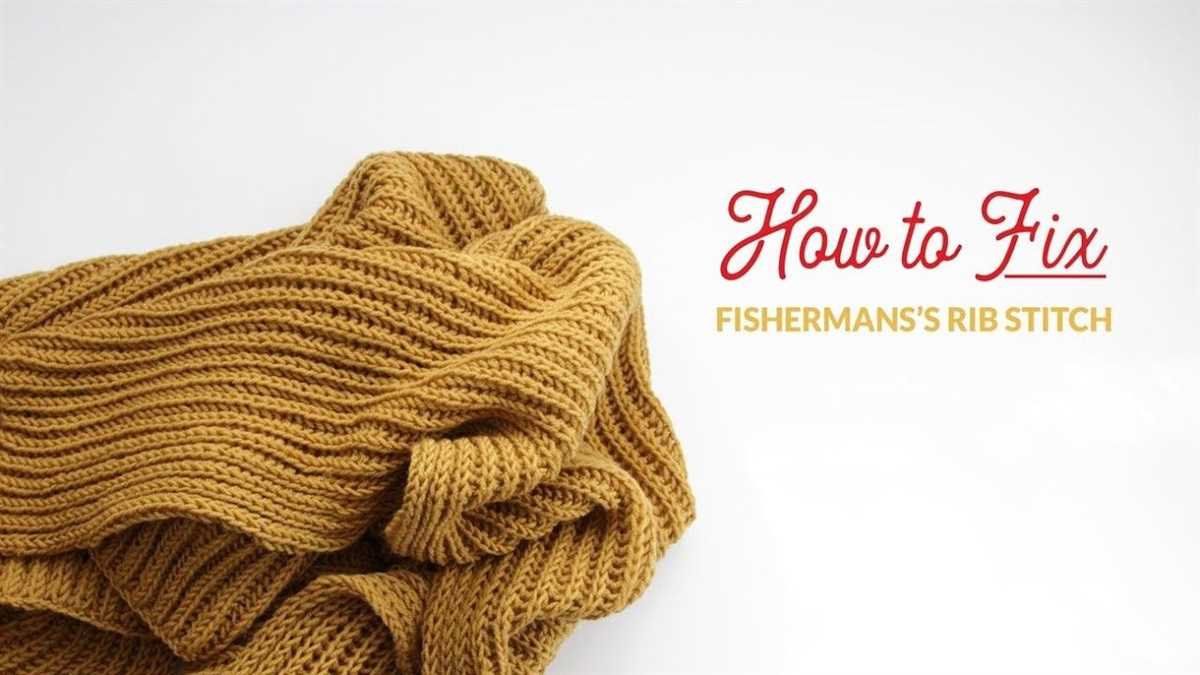
If you’re passionate about Fisherman’s knitting and looking for inspiration and resources to enhance your skills, you’ve come to the right place. Whether you’re a beginner or a seasoned knitter, there are plenty of options available to help you explore this traditional craft and create beautiful garments.
Online Communities and Forums:
Joining online communities and forums is a great way to connect with fellow Fisherman’s knitting enthusiasts, share ideas, and seek advice. Websites like Ravelry, KnittingHelp, and LoveKnitting have active communities where you can join discussions, participate in knit-alongs, and access a wealth of information on Fisherman’s knitting patterns and techniques.
Books and Patterns:
There are numerous books and patterns specifically dedicated to Fisherman’s knitting. Some popular titles include “Irish Knits” by Alice Starmore, “Aran Knitting” by Alice Starmore, and “The Fisherman’s Sweaters” by Madeline Weston. These books provide a wealth of traditional patterns, along with detailed instructions and guidance for creating authentic Fisherman’s knitwear.
Online Tutorials and Videos:
If you prefer visual learning, there are plenty of online tutorials and videos available to help you master Fisherman’s knitting techniques. YouTube channels like “VeryPink Knits” and “KnittingHelp” offer step-by-step tutorials on various stitches, cables, and intricate patterns. These resources can be invaluable, especially for beginners looking to expand their skills.
Heritage Museums and Exhibitions:
For a deeper appreciation of the history and tradition of Fisherman’s knitting, visit heritage museums and exhibitions. These museums often showcase vintage Fisherman’s knitwear and provide insights into the cultural significance of this craft. Some notable museums include the Aran Islands Knitwear Museum in Ireland and the Shetland Museum and Archives in Scotland.
Local Workshops and Classes:
If you prefer hands-on learning, consider participating in local workshops and classes. Many yarn shops and community centers offer Fisherman’s knitting workshops led by experienced instructors. These classes not only provide valuable guidance but also offer an opportunity to connect with others who share your passion for this traditional knitting style.
Conclusion
With the abundance of online resources, books, tutorials, and workshops, Fisherman’s knitting enthusiasts have a wide range of options to explore and enhance their skills. Whether you’re looking for inspiration, seeking new patterns, or wanting to connect with like-minded individuals, the Fisherman’s knitting community has something for everyone. By immersing yourself in this traditional craft, you can create timeless garments and contribute to the rich history of Fisherman’s knitting.